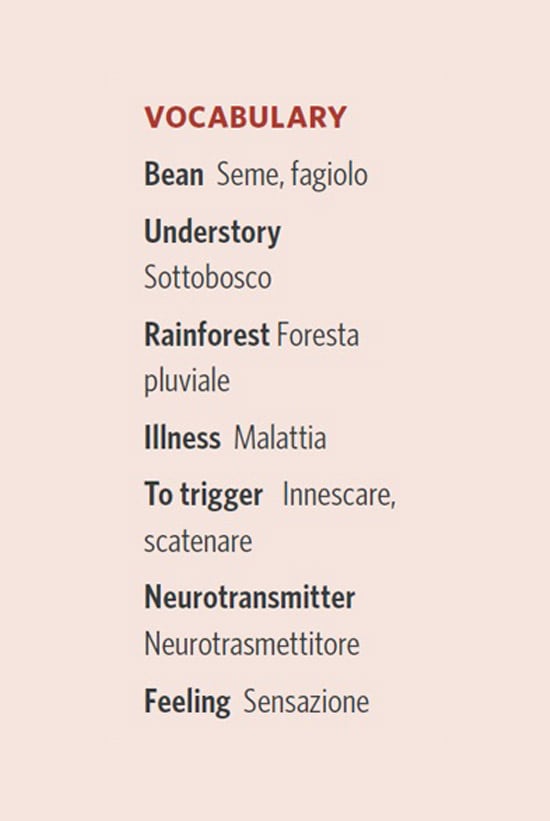A box of chocolates is one of the most popular presents for Valentine’s Day, yet chocolate is not just for the 14th February. On a cold winter’s day, there’s nothing better than a drink of hot chocolate, something that people have been doing in Central and South America for at least three thousand years.
Chocolate is a food derived from the beans of the tropical cacao tree, Theobroma cacao. This plant is originally from the understory of the tropical and subtropical rainforests of Mexico, central and the northern part of South America. It is an evergreen tree that grows from 5 to 10 metres tall. Theobroma means ‘food of the Gods’ and cacao is derived from the word xocolatl in the Aztec language Nahuatl; xococ and atl, meaning bitter and water, respectively.
Although people have been drinking chocolate for millennia, it only became popular in Europe in the seventeenth century, with the first bar of chocolate only appearing in the mid 19th century. Originally the drink was bitter and it was only after it reached Europe that sugar and milk were added to make something similar to modern drinking chocolate. Since then, chocolate has become increasingly more popular in our society and it has also been used to treat a variety of illnesses, from fevers to stomach aches and even tuberculosis.

Despite its long medicinal reputation, although a chocolate bar will not cure the flu, it may make you feel better. There are, in fact, many factors that contribute to this, starting from the pleasant sensation the cocoa butter triggers as it melts in the mouth, to the boost of energy that we get from the sugar, fat and other carbohydrates. Chocolate also contains compounds such as theobromine and caffeine that can have a profound effect on the brain. Both these chemicals act as stimulants but there are many other active chemicals in chocolate that have physiological effects on the body.
Among the most well-studied is phenylethylamine, a substance that our brain normally releases when we fall in love; it acts as a natural antidepressant, increasing the production of dopamine, which triggers feelings of well-being. Chocolate also contains tryptophan, an amino acid that plays an important role in the synthesis of another neurotransmitter, serotonin, which is also associated with feelings of pleasure.
Both phenylethylamine and tryptophan are present in relatively high concentrations in chocolate, however they are metabolized to low levels, thus only minimal quantities enter the central nervous system, leading to the pleasant “feel good” sensation, which is likely to be a placebo effect. Nevertheless, there is no doubt that a whole range of active chemicals are present in chocolate and, together with sugar, they influence our brains and attract us to this sweet treat.



